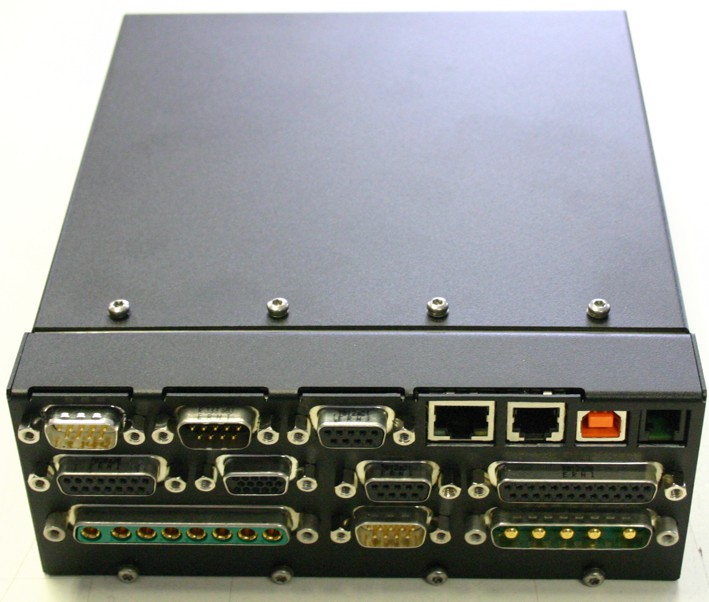Servo control of ironless motors for nanometer positioning
When control engineers contemplate difficult tasks such as micrometre / nanometre positioning, as well as aiming for speed stability at very low speeds, they usually think about several key success factors.
Firstly, eliminating cogging force or cogging torque. We can easily achieve this by using ironless motors such as the ones shown on this page. In addition, it is well known that a high-resolution linear encoder system is required. This could be an optical encoder system, such as the ones shown at this link. Finally, they consider the type of servodrive which should be used. Most servodrives use pulse-width modulation of the supply voltage to achieve the required current in the motor windings. However, this leads to current ripple, which in turn produces force ripple (force produced by linear motors is proportional to current). The force ripple makes it impossible to achieve high-precision servo tasks. The solution is to use a non-switching servodrive, also known as a linear amplifier. The MACCON Family of non-switching servodrives can be found at this link.
With the following success factors in place:
- Ironless motor
- High-resolution optical encoder
- Non-switching servodrive (linear amplifier)
we can now look at the remaining puzzle pieces. Of course, we should never forget the issue of cables. High-quality motor and feedback cables which are properly shielded against electromagnetic interference are a must. Last but not least, we need an experienced commissioning engineer to get the described system working. MACCON has a core team of experienced engineers who have supported machine-builders in semiconductors and optics / photonics to achieve the most difficult of nanometre positioning and low-speed motion tasks. Contact us to discuss your needs, engineer-to-engineer!

